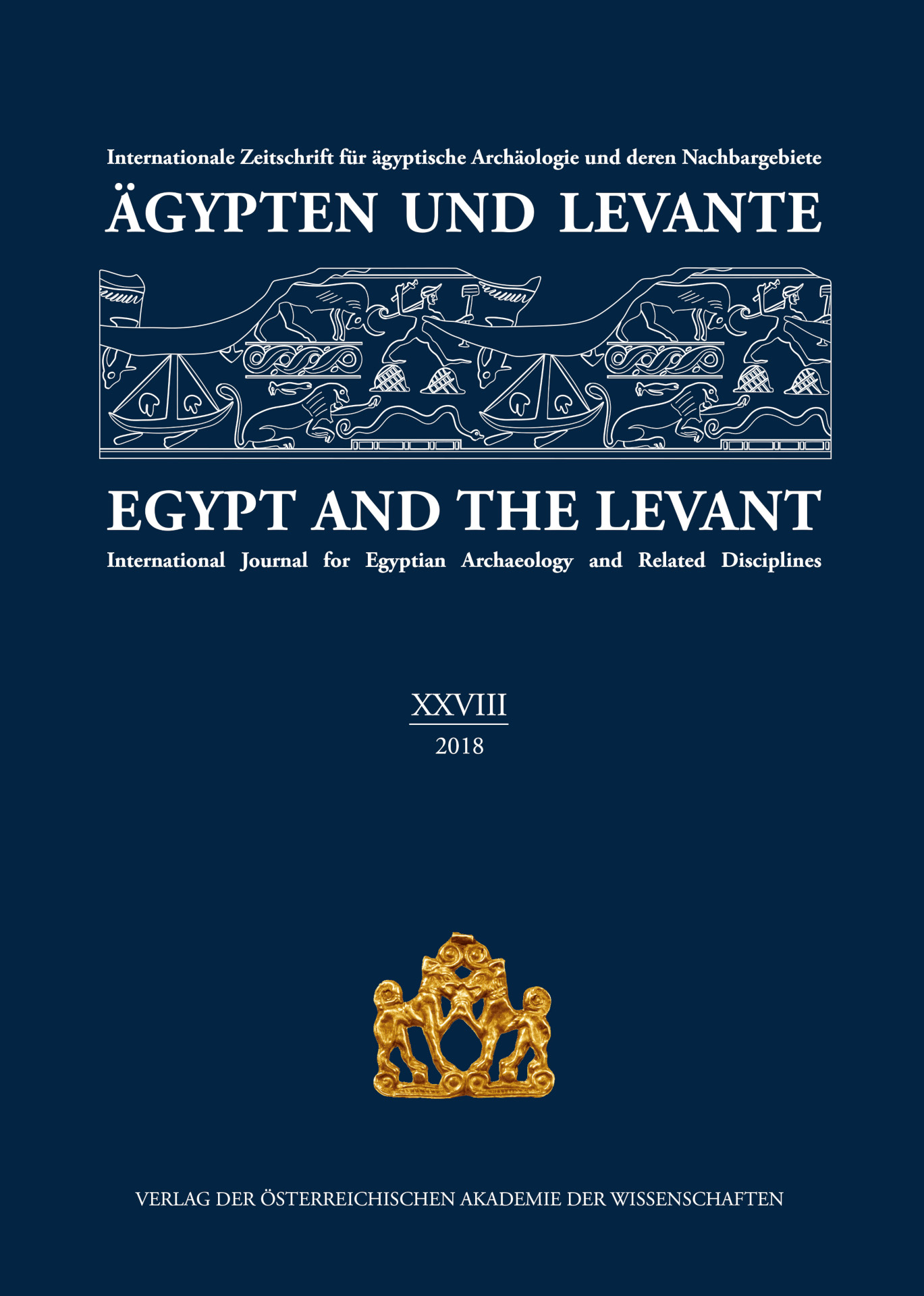
Ägypten und Levante 28, pp. 419-456, 2019/02/26
Internationale Zeitschrift für ägyptische Archäologie und deren Nachbargebiete
International Journal for Egyptian Archaeology and Related Disciplines

The article reports on the results of the project of non-destructive X-ray fluorescence analysis of 15 artefacts, deposited in the Egyptian and Near Eastern Collection of the Kunsthistorisches Museum Wien. Artefacts from the sites of Giza, Kubbaniya, Mostagedda, Tura and Toshka were chosen, predominantly from documented archaeological contexts. The periods represented are Early Dynastic, the Old Kingdom, the Middle Kingdom and the Nubian C-Group. The finds were excavated and published by H. Junker and G. Brunton, yet they were analysed for the first time only in the framework of this project. The analysis confirmed the use of copper with impurities in the Early Dynastic period and of arsenical copper in the Early Dynastic period, the Old Kingdom, the Middle Kingdom and the Nubian C-Group. Moreover, on a Dynasty-4 carinated bowl with spout (ÄS 7441) was discovered previously unknown inscription, most probably of the Vizier Seshathetep Heti.
Keywords: Ancient Egypt, copper metallurgy, X-ray fluorescence, arsenical copper, Early Dynastic period, Old Kingdom, Middle Kingdom, C-Group